Life without a pet is unimaginable for some people, while it might be a nightmare for others. Here’s the good news for those who experience allergic reactions from such pets. There are pets for you who will not leave you with a bad itch or cough your lungs out. They are known as hypoallergenic pets.
People with pet allergies may experience symptoms such as coughing, sneezing, eczema, hives, and shortness of breath when they come in contact with the animals.
You must do your research well and find out science-backed facts about these pets. This article will provide you with all the details on the types of hypoallergenic pets, and everything you need to know about them before you make the decision of adding a companion to your family.

Types of Hypoallergenic Pets
It would be wrong to say that there are pets that are 100% hypoallergenic. All warm-blooded animals can produce allergen-causing proteins. However, the following pets have minimal chances of causing reactions in people with asthma and allergies.
Hypoallergenic Pet List
- Cats (specific breeds)
- Dogs (specific breeds)
- Guinea pigs
- Rabbits
- Hamsters
- Pigs
- Birds
- Fish
- Reptiles/amphibians
Hypoallergenic Cats
There are specific breeds of cats and dogs that are recommended as hypoallergenic. These breeds tend to be understandably pricier as compared to other species. Cats groom themselves more than dogs and are more likely to release allergen-causing proteins. Here is a list of seven species of cats that can be considered hypoallergenic.
Balinese

The Balinese cats produce less protein Fel D1 compared to other breeds of cats, making them a good candidate for someone with pet allergies. According to Petfinder.com, Balinese come in a range of colors, are extremely smart, and like to play often.
Cornish Rex

The Cornish Rex is known for having minimal fur, that is very soft. This is why they are considered “allergy-friendly” cats.
Devon Rex
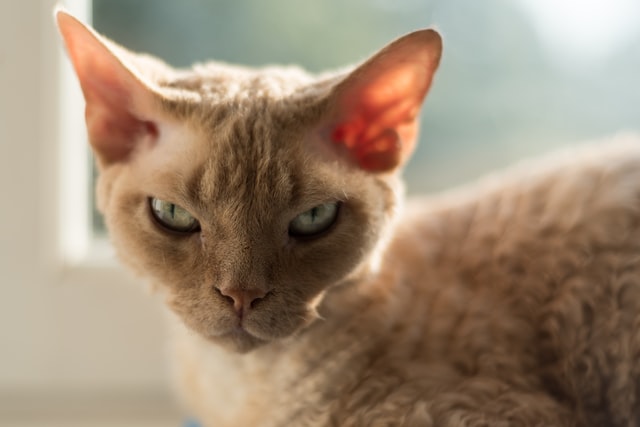
Known to look quite “elvish”, the Devon Rex has minimal and short, wavy fur. Petfinder informs us that this breed sheds less than other breeds, making them a possible match as an allergen-safe pet.
Javanese
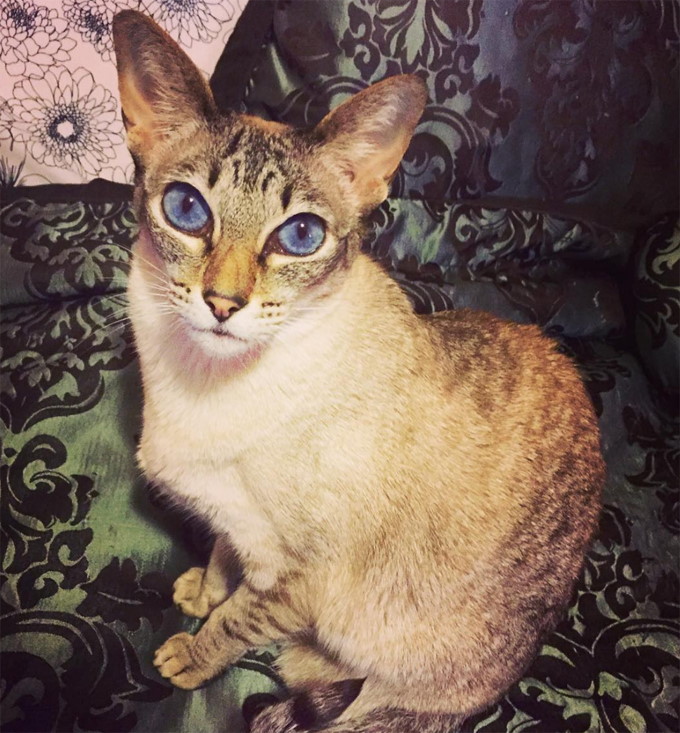
The Javanese is another kitty with minimal fur. This furry friend likes to talk (meow) often, is super smart, and has minimal grooming requirements.
Oriental Short Hair

As the name suggests, the breed has short hair which doesn’t quickly shed off. Oriental short Hair cats are emotional beings that will need your love and affection. According to Petfinder, they tend to bond with one person in the house and are very loyal to that person.
Siberian

Siberian cats have low enzyme levels in saliva, and that is what causes cat allergies. They may look fluffy and slow, but don’t let that fool you. Siberians are known for being great at jumping (and knocking items off shelves). Their fur is long compared to other breeds of cats, so you may have to groom them more often.
Sphynx

The Sphynx is also known as the hairless cat. The good news is, that there is no risk of allergens becoming built up in their fur. Their skin is described by Petfinder as “texture akin to either a soft peach or a smooth nectarine”. Some sphynx cats think they are dogs and will even wag their tails.
Hypoallergenic Dogs
The list below is of dog breeds considered safer for allergen-sensitive people. These dog breeds have grooming requirements and shedding patterns less likely to disperse allergens.
Affenpinscher

The Affenpinscher has a wiry coat that requires only occasional and minimal grooming. The other name for an Affenpinscher dog is “monkey terrier”.
Basenji

The basenji is a low-shedding breed, which can be good for keeping allergens at bay. They don’t really have any grooming requirements, but you will want to bathe fairly often if you are trying to keep the house allergen-free.
Basenji’s arent known for being friendly to other animals, something to consider if you already have pets in the home.
Havanese

The Havanese has a fluffy thick coat that prevents shedding. With the dense coat, they will require grooming more often, usually by a professional. Overall, the Havanese is a happy, playful dog, that will fit in with most families.
Irish Water Spaniel
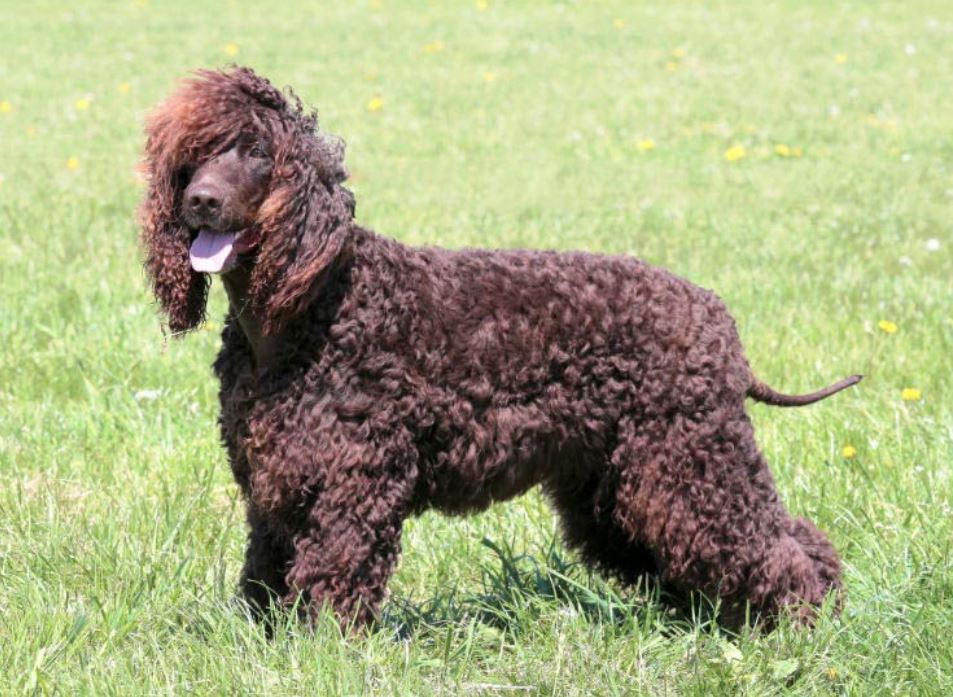
The Irish Water Spaniel’s coats form tight curls which prevent shedding. This curly coat will require brushing, combing, and trimming often. In between coat trimmings the allergens should stay pretty tucked away in those tight curls, making them a hypoallergenic pet contender.
Komondor
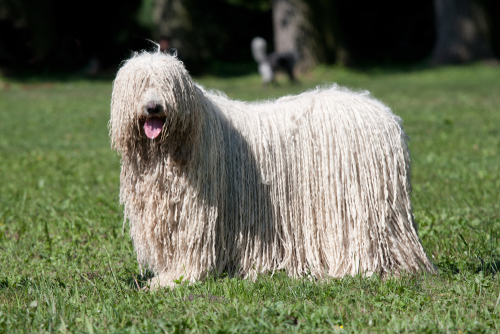
The Komondor coats include tight cords that make normal shedding unlikely. This mop-looking coat does require a lot of maintenance as it takes a while for them to dry if they get wet, and dirt tends to get stuck in their coats. The Komondor is friendly and easy to train, but you may want to reconsider if you don’t have the time to groom them often.
Poodle

Poodle coats hold dead hair that contains dander that only comes off during grooming. On the same note, they need to be groomed often. It is recommended to get your poodle groomed every 4 to 6 weeks. This will remove any mats and the trapped allergens.
Hypoallergenic Hybrid Dogs
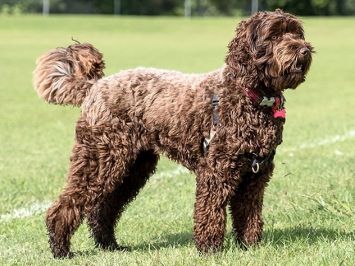
There are many hybrid and mixed breeds out there, like Labradoodles and Goldendoodles that you can look into. With dogs, the ideal situation would be to visit a dog considered allergy-friendly and see if you react (at least short-term).
Hybrid dogs will have grooming requirements that vary. Since a hybrid is two different breeds combined, their fur may take on more “lab” than “poodle”.
Hypoallergenic Small Animals

Unknown to many, guinea pigs, rabbits, and hamsters produce dander as regularly as cats and dogs. However, they are less likely to spread allergens because of their habitat and size. They are mostly caged, meaning they don’t move around as much as cats and dogs and are not able to spread allergens throughout the house. This is why most small animals are considered hypoallergenic pets.
Dander is usually shed and remains in their cages. It is not advisable for people with allergens to handle these pets often, but they can live with them with minimal or no reactions.
These critters are advisable for households with pet lovers that have someone with a pet allergy living at home. It is essential to conduct research for each specific type of animal and breed, as they require different dietary, space, and habitat conditions.
Guinea Pigs
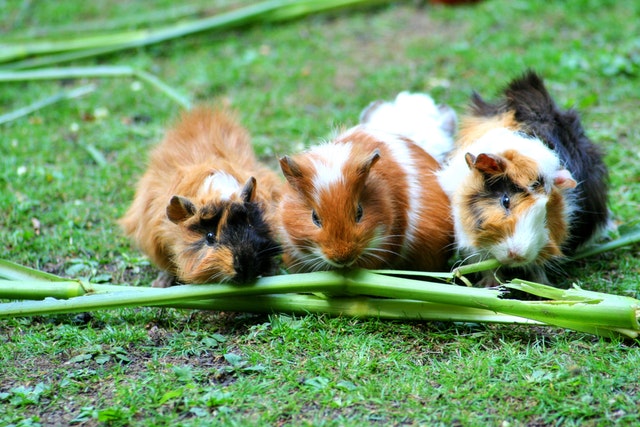
Guinea pigs are quite the fun critters to own. They are active most hours of the day and make an adorable squeaking noise when communicating. The RSPCA explains that guinea pigs are very social and can get lonely. It is best to have at least two guinea pigs.
Rabbits
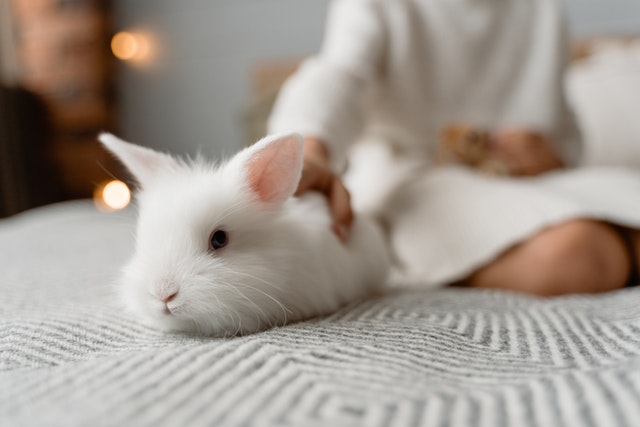
Rabbits may make excellent hypoallergenic pets, but they do require a lot of maintenance. There is a great article from myhouserabbit.com that explains everything you should consider before adding a pet rabbit to the family, here are the highlights.
Pet Rabbit Considerations
- Costs – Vet bills, food, home, adoption fees
- Adequate rabbit housing
- Bunny proofing – Rabbits like to chew just about everything
- Litter box training – Yep you can train them to use a litter box
- Food – They have a special diet and need grass hay (warning for hayfever sufferers)
- Lifespan – A rabbit can live over 10 years
Hamsters
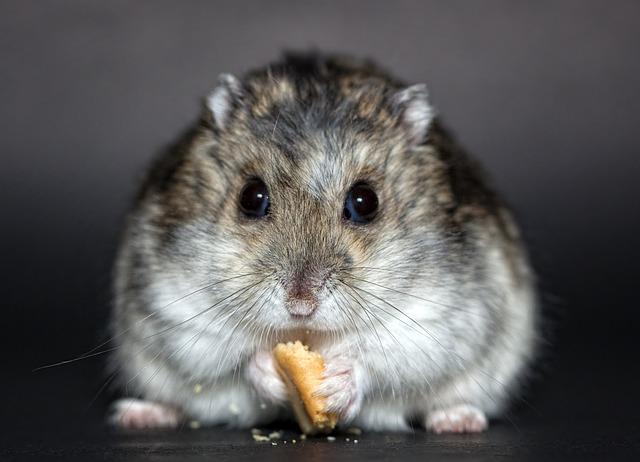
Hamsters are cute loveable creatures that prefer to be on their own, no need for a pair. They are dubbed as “starter pets” but in my opinion, they are not starter pets. Hamsters like all living creatures have complex requirements to live a happy and healthy life. Peta.org shares so good information to consider when owning a hamster.
Hamster Ownership Considerations
- Buying hamsters from big box stores may support animal mills
- Hamsters need lots of space
- Vets for hamsters are hard to find
- If you use a hamster wheel, get one over 11-inches (most are too small and arch their backs unnaturally)
- Hamsters like to be by themselves (just one hamster)
- Special bedding is required
- They sleep on and off through the day and night, and should not be woken up to play with
Pigs are Allergy-Friendly
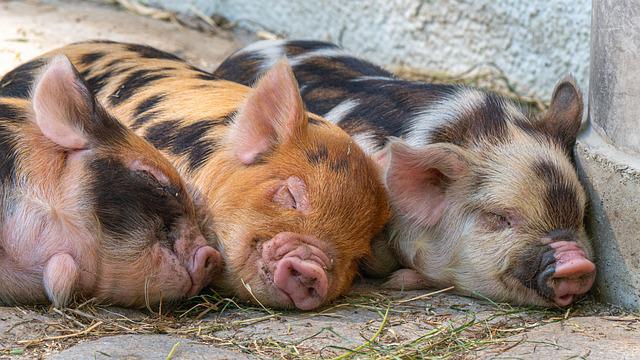
You read that right, pigs are allergy-friendly! Surprisingly, pigs are gaining popularity as allergy-friendly house pets. However, you will need to take into consideration how big they can grow. A true “mini pig” or “teacup” pig is much smaller than a standard pig, but be wary of where you’re your piglet from!
There are some horror stories out there where families thought they were getting a mini pig but ended up with a full-size pig. A full-size female can grow to 700 pounds and 1000 pounds for males.
They are ideal only for homeowners with large spaces, preferably outdoor spaces such as backyards and gardens. This should not deter your wish to own a pig pet. Pigs have thick stiff, bristle hair that doesn’t shed as quickly as other pets.
Birds

As much as we hate to admit it, our winged friends can produce allergen-causing dander. Birds spread dander by flapping wings, preening (grooming), or defecating. To avoid the spreading of dander, a birdcage should be cleaned often. Like other caged pets such as guinea pigs and hamsters, birds don’t move around the house and pose less risk of spreading dander.
Fish are Great Hypoallergenic Pets

Fish aquariums are beautiful masterpieces that add vibrancy and tranquillity to living spaces. They don’t produce allergens, making them suitable as hypoallergenic pets. An added advantage is that they are relatively low maintenance compared to other pet species, such as mammals and birds. Ensure to clean out the aquarium and perform recommended water and filter replacements.
Allergy-Friendly Reptiles and Amphibians

Reptiles and amphibians don’t produce dander, making them far less likely to cause any allergic reactions (aka great hypoallergenic pets). reptiles do have very specific needs as far as diet and living conditions. The startup cost to properly own a reptile can add up fast. This goes for all reptiles, including snakes, frogs, lizards, and turtles.
Conclusion
Hypoallergenic pets are a solution for pet lovers who suffer from allergies. All you have to ensure is the regular cleaning of the spaces your pet uses or habits in. Also, ensure you conduct thorough research on a hypoallergenic pet before you get it.
Please check out Allergy Attack: Causes, Symptoms, Remedies, and More and learn how to minimize allergies this season.
